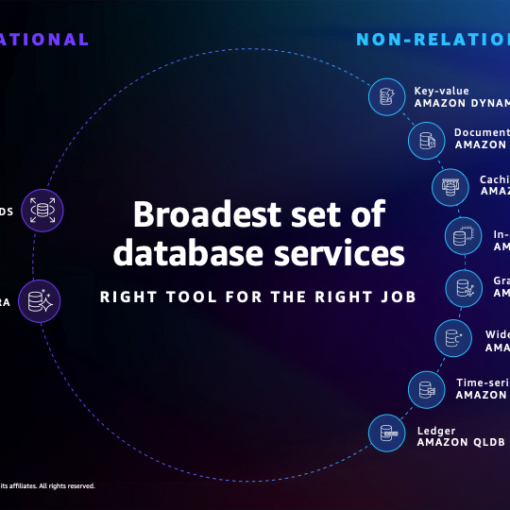
Session Persistence and Load Balancing in Amazon AWS
In modern web applications, ensuring seamless user experiences often requires maintaining session state across multiple interactions. This can be challenging in a load-balanced environment where requests are distributed across multiple servers. Amazon Web Services (AWS) provides several strategies to manage session persistence while balancing loads effectively.
Understanding Session Persistence
Session persistence, also known as sticky sessions, ensures that all requests from a user during a session are directed to the same server. This is crucial for applications where session data (such as login information, user preferences, or shopping cart contents) needs to be consistent throughout the user’s interaction.
Load Balancing Overview
Load balancing is the process of distributing incoming network traffic across multiple servers to ensure no single server becomes overwhelmed. AWS offers multiple load balancing solutions, including:
- Elastic Load Balancing (ELB): Automatically distributes incoming application traffic across multiple targets, such as Amazon EC2 instances, containers, and IP addresses.
- Application Load Balancer (ALB): Operates at the application layer (OSI model layer 7) and is ideal for HTTP and HTTPS traffic, offering advanced routing capabilities based on request attributes.
- Network Load Balancer (NLB): Operates at the transport layer (OSI model layer 4) and is designed for handling high volumes of TCP traffic with ultra-low latencies.
Implementing Session Persistence
AWS provides several methods to implement session persistence:
- Sticky Sessions with ELB:
- Application Load Balancer (ALB): Supports sticky sessions using cookies. When enabled, the ALB inserts a cookie into the response that identifies the server handling the session. Subsequent requests with this cookie are routed to the same server.
- Classic Load Balancer (CLB): Also supports sticky sessions by using either the application-generated cookie or a duration-based cookie managed by the load balancer itself.
- Server-Side Session Management:
- For more control, you can manage sessions at the application level. Store session data in a shared storage solution accessible to all instances, such as:
- Amazon DynamoDB: A fast and flexible NoSQL database service that can store session data with low latency.
- Amazon ElastiCache: An in-memory data store (Redis or Memcached) that provides fast access to session data.
- For more control, you can manage sessions at the application level. Store session data in a shared storage solution accessible to all instances, such as:
- Client-Side Session Management:
- In certain cases, session data can be stored on the client side using browser cookies or local storage. This reduces the dependency on server-side storage but may not be suitable for sensitive information or large datasets.
Best Practices for Session Persistence and Load Balancing
To ensure efficient session persistence and load balancing, consider the following best practices:
- Stateless Application Design:
- Whenever possible, design applications to be stateless, meaning they do not store session data locally. This simplifies scaling and load balancing, as any server can handle any request.
- Centralized Session Storage:
- Use centralized storage solutions like Amazon DynamoDB or ElastiCache to store session data. This ensures session consistency across multiple instances.
- Monitoring and Scaling:
- Use AWS CloudWatch to monitor the performance of your load balancers and backend instances. Implement auto-scaling groups to automatically adjust the number of instances based on traffic patterns.
- Security Considerations:
- Ensure that session data is encrypted, both in transit and at rest, to protect against unauthorized access. Use AWS Identity and Access Management (IAM) to control access to session storage services.
Conclusion
Managing session persistence in a load-balanced environment is essential for maintaining seamless user experiences in modern web applications. By leveraging AWS’s robust load balancing and session management solutions, you can ensure that your application remains responsive, scalable, and secure.




